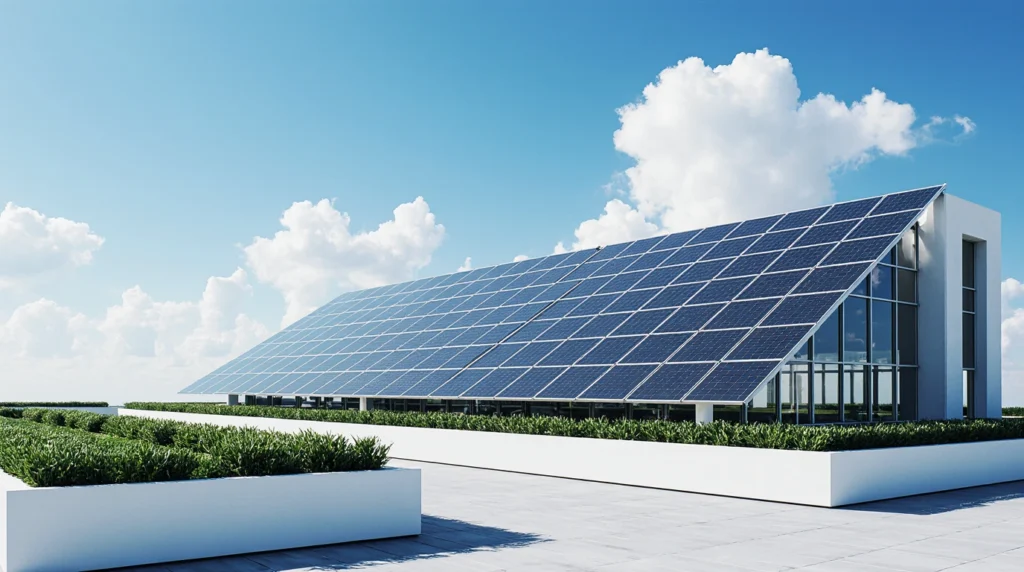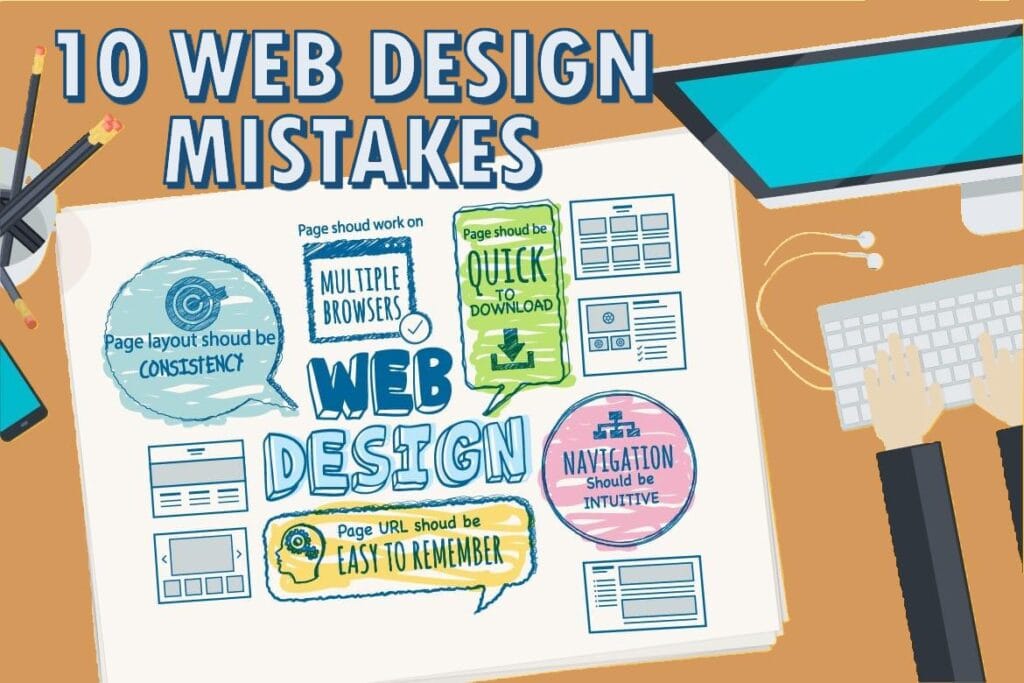In today’s eco-conscious marketplace, Swiss small and medium-sized enterprises (SMEs) face mounting pressure to minimize their carbon footprints. While factories and logistics often steal the spotlight, every website visitor interaction generates CO₂—from data center power consumption to long-distance data transfers. By adopting carbon-neutral hosting, Swiss SMEs can slash digital emissions, elevate brand reputation, and boost site performance. This professional guide reveals the environmental impact of traditional hosting, explains carbon-neutral infrastructure, and outlines actionable steps for Swiss businesses to transition seamlessly—all while showcasing how Clear Design Experts delivers tailored, eco-friendly web solutions.
1. Quantifying the Digital Carbon Footprint
Before implementing any green strategy, measure your baseline emissions. Data centers worldwide consume 200–400 terawatt-hours annually—comparable to Switzerland’s national energy usage. On average, every kilowatt-hour used by servers and cooling systems generates 0.3 kg of CO₂. For a typical SME website serving 50,000 monthly visits, this can translate into several tonnes of digital emissions per year.
Tools for Accurate Measurement
- Website Carbon Calculator: Provides a per-page emission estimate based on page weight and data transfer distances.
- EcoPing: Tracks real-time emissions per user session and highlights high-impact assets.
- Custom Analytics Integration: Leverage Google Analytics data to correlate page load energy with user geography, pinpointing Swiss visitors’ carbon contributions.
By establishing a data-driven emissions profile, decision-makers can prioritize optimizations that deliver the greatest environmental and performance benefits.
2. The Mechanics of Carbon-Neutral Hosting
Carbon-neutral hosting achieves net-zero emissions through two core mechanisms: renewable energy procurement and carbon offsetting.
Renewable Energy Certificates (RECs)
For every megawatt-hour a host consumes, they purchase an equivalent REC from Swiss hydroelectric, wind, or solar farms. These certificates guarantee that green energy enters the grid at the same volume used by data center operations.
Carbon Offsets
Residual emissions—such as transmission inefficiencies or diesel backup generators—are neutralized by investing in high-quality offset projects. Ideal Swiss offsets include alpine reforestation and methane-capture initiatives at municipal landfills, ensuring permanence and local ecological benefits.
Energy-Efficient Infrastructure
Leading carbon-neutral providers deploy state-of-the-art technologies:
- Immersion Cooling: Submerging server racks in non-conductive liquid slashes cooling energy by up to 80%.
- ARM-Based Servers: Offering 40% lower power consumption than x86 processors for equivalent workloads.
- On-Site Renewables: Integrating solar arrays or small-scale hydro turbines within Swiss data centers to directly power operations.
Together, these strategies guarantee a verifiable net-zero digital footprint.
3. Benefits for Swiss SMEs
A. Enhanced Brand Credibility
Swiss consumers rank sustainability as a top purchasing criterion. Displaying a “100% Carbon-Neutral Hosting” badge fosters trust and differentiates your brand in competitive markets—from Zurich’s financial sector to Geneva’s luxury services.
B. Predictable, Transparent Costs
Carbon-neutral packages bundle RECs and offsets into fixed monthly fees. This shields SMEs from energy price volatility and hidden surcharges, simplifying budgeting for IT expenses.
C. Superior Performance
Green hosts invest in hardware and cooling innovations that drive faster page loads and higher uptime. Optimized infrastructure—combined with Swiss edge caching—reduces latency for local users in Zurich, Basel, and Geneva.
D. Regulatory Alignment
Switzerland’s Energieeffizienzgesetz and upcoming EU CSRD mandate reporting of Scope 2 emissions. Carbon-neutral certificates serve as audit-ready proof, reducing administrative burdens and ensuring compliance.
E. Future-Proof Resilience
Renewable energy sources exhibit greater reliability amid climate-driven fuel supply disruptions. SMEs hosted on renewable-powered platforms benefit from stable, interruption-resistant services.
4. Evaluating Carbon-Neutral Hosting Providers
When selecting a host, Swiss SMEs should assess:
- Local Renewable Sources: Prioritize providers sourcing RECs from in-country hydro, wind, or solar installations.
- Independent Certifications: Verify Green-e, TÜV Nord, or ISO 14064 accreditation and review published sustainability reports.
- Infrastructure Efficiency: Confirm PUE ratings below 1.2, use of SSD-only storage, and support for HTTP/2 or HTTP/3.
- Scalability: Evaluate flexible plans—from shared hosting to dedicated servers—with transparent billing.
- Offset Quality: Ensure reforestation and methane capture projects meet additionality, permanence, and social-benefit criteria.
By rigorously vetting these aspects, SMEs can trust their hosting choice will deliver genuine environmental and performance returns.
5. Step-by-Step Migration to Carbon-Neutral Hosting
Step 1: Audit and Benchmark
- Document current page-load times, uptime metrics, and energy estimates.
- Record peak user geographies—especially Swiss metros—to guide edge server configurations.
Step 2: Prepare a Staging Environment
- Clone your live site onto the green host’s staging platform.
- Enable performance monitoring tools (e.g., Google Lighthouse, WebPageTest) for direct comparisons.
Step 3: Optimize Your Site
- Compress images to WebP or AVIF, implement lazy loading, and enable Brotli compression.
- Minify CSS/JS assets and inline critical CSS for faster first-render.
- Leverage Swiss edge CDN for localized caching, reducing round-trip times to Zurich, Geneva, and Basel.
Step 4: Execute DNS Switch
- Lower DNS TTL to 60 seconds 48 hours before migration.
- After testing, update A and CNAME records to point to the new host.
- Monitor propagation and traffic flows through real-time analytics dashboards.
Step 5: Verify Performance and Emissions
- Re-run benchmarks to ensure page loads and TTFB meet or exceed targets.
- Generate updated emissions reports via Website Carbon Calculator to quantify improvements.
Step 6: Promote Your Green Initiative
- Add a “Hosted on 100% Carbon-Neutral Infrastructure” badge to your site footer.
- Publish a dedicated “Sustainability” page detailing energy sources, offset projects, and year-over-year carbon reductions.
- Include a brief green hosting case study in your next newsletter to engage eco-aware customers.
6. Case Study: Swiss Artisanal Chocolatier
Background: A boutique chocolatier in Geneva sought to enhance brand prestige and comply with national sustainability pledges.
Action: Migrated their WooCommerce store to a carbon-neutral host sourcing Swiss hydro RECs and funding Alpine reforestation.
Results:
- 30% reduction in server response times (200 ms → 140 ms)
- 0.8 s average page-load times on mobile
- Verified annual offset of 3 tCO₂ with transparent reporting
- 18% increase in organic traffic due to improved SEO from faster loads
Testimonial: “Our customers love knowing their chocolate habit is carbon-neutral—from farm to web server!”
7. Emerging Trends in Green Web Design
A. On-Site Renewable Microgrids
Forward-thinking SMEs install solar panels or hydrogen fuel cells adjacent to modular micro-data centers on their premises. This direct power supply cuts grid reliance and boosts uptime.
B. Blockchain-Based Energy Verification
Immutable ledgers track REC issuance and retirement, offering irrefutable proof of renewable energy use. Swiss SMEs can display real-time REC data via embedded widgets on their sites.
C. AI-Driven Workload Allocation
Machine learning platforms forecast renewable energy availability and dynamically route compute tasks to servers during peak green generation periods—maximizing renewable usage and minimizing grid reliance.
Conclusion
For Swiss SMEs, carbon-neutral hosting is more than an ethical choice—it’s a strategic advantage. By quantifying your digital emissions, selecting certified green hosts, executing a seamless migration, and publicly championing your eco-credentials, you’ll reduce CO₂ output, enhance site performance, and strengthen brand loyalty.
Embrace the future of sustainable web design today with Clear Design Experts. Our Swiss-based team specializes in carbon-neutral hosting migrations, performance optimization, and transparent green reporting—empowering your SME to lead in Switzerland’s digital green revolution. Let us help you transform your website into a zero-emission asset that fuels growth, trust, and lasting competitive differentiation.






